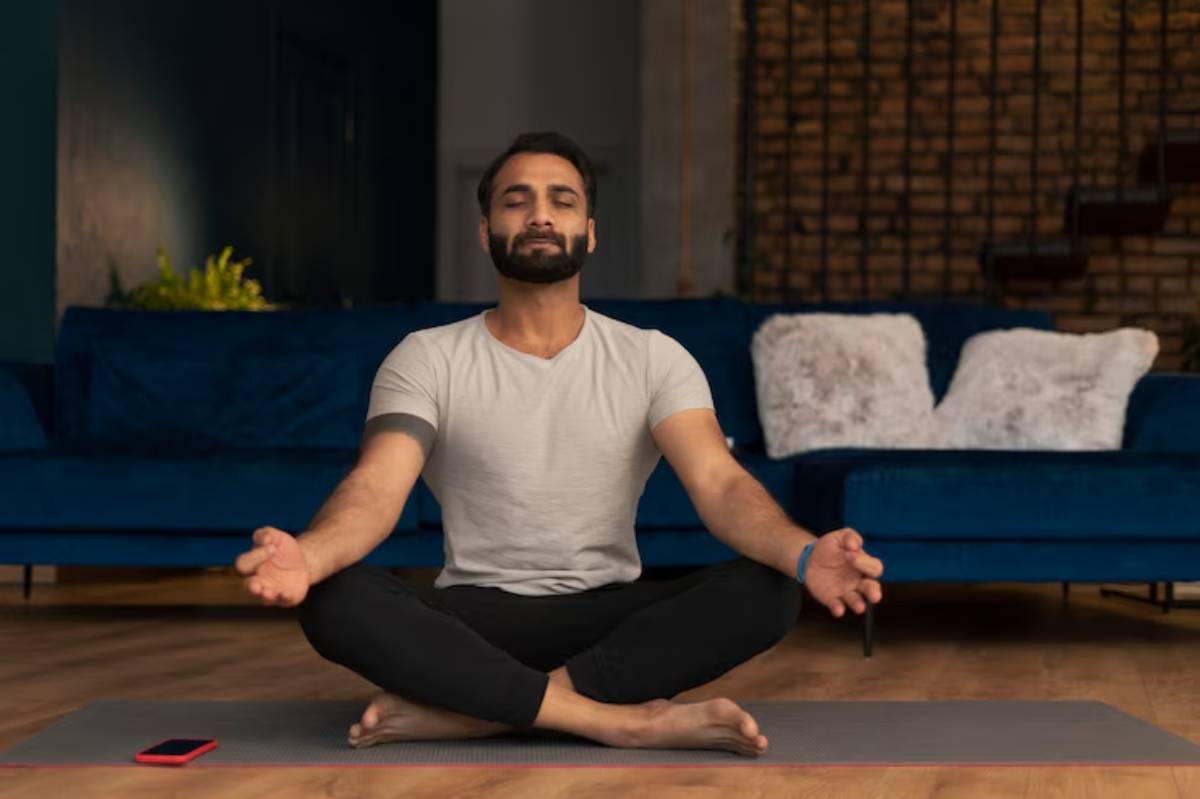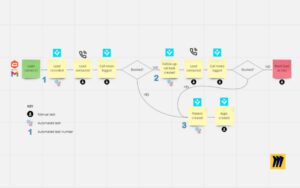The Personal Development Blog

How to Design a CEO-Inspired Morning Routine
A powerful morning leads to a productive day — and no one understands this better than high-performing CEOs.
While not everyone runs a Fortune 500 company, you can still build a morning routine inspired by the world’s most successful leaders. This guide will walk you through practical, repeatable CEO habits that shape focus, discipline, and performance.
By following this morning productivity blueprint, you’ll start your day with purpose — not panic.
Pro Tip: Your morning doesn’t need to start at 4 AM. It just needs to start with intention.
Quick Guide: Morning Habits CEOs Swear By
- Wake up early but consistently.
- Avoid your phone for the first 30 minutes.
- Move your body — stretch, walk, or train.
- Review goals and visualise success.
- Eat a nourishing, light breakfast.
- Block 60–90 minutes for deep work.
- Prepare the night before to reduce morning stress.
Important: Routine builds reliability. When your morning runs smoothly, your entire day follows.
Step-by-Step Morning Routine Blueprint

Step 1: Wake Up Early — but Realistically
You don’t need to wake up at 4 AM — but you do need consistency.
Why it matters:
- Creates quiet, distraction-free time.
- Builds discipline and mental clarity.
- Gives you a psychological head start.
| Sleep Type | Ideal Wake Time |
| Early Riser | 5:30–6:30 AM |
| Night Owl | 6:30–7:30 AM (but consistent daily) |
Quick Tip: Get sunlight within 30 minutes of waking to reset your body clock naturally.
Step 2: Delay Digital Distractions
Scrolling through news or social media first thing can flood your brain with noise and stress.
What to do instead:
- Use an alarm clock instead of your phone.
- Leave your phone on aeroplane mode for the first 30 minutes.
- Use that time for movement, stillness, or reflection.
Pro Tip: If you need to check messages early, set a strict time limit (e.g., 5 minutes max).
Step 3: Move Your Body

CEOs from Tim Cook to Oprah Winfrey swear by morning movement. Exercise improves mood, focus, and resilience.
Options include:
- Light stretching or yoga.
- Brisk walk or jog.
- Gym session or home workout.
| Duration | Benefits |
| 5–10 mins | Increases blood flow, wakes you up. |
| 20–30 mins | Builds energy and focus for the day. |
Sustainability Tip: You don’t need fancy equipment. Bodyweight exercises and outdoor walks are just as effective.
Step 4: Hydrate and Fuel Smart
Hydration and nutrition set the tone for sustained energy.
Morning fuel blueprint:
- Water first: 1–2 glasses to rehydrate.
- Optional caffeine: Delay 60–90 minutes after waking to avoid crashes.
- Balanced breakfast: Include protein, fibre, and healthy fats.
| Option | Benefit |
| Greek yoghurt + fruit | Protein + antioxidants. |
| Eggs + avocado toast | High in protein and healthy fats. |
| Smoothie with greens | Quick, nutrient-packed. |
Pro Tip: Avoid heavy, sugary breakfasts — they spike then crash your energy.
Step 5: Practice Stillness and Mental Clarity

Great leaders make time to be still before jumping into work.
Simple practices:
- Meditate for 5–10 minutes.
- Write in a gratitude or intention journal.
- Reflect on your goals for the day.
Why it works:
- Reduces anxiety.
- Boosts mental resilience.
- Reinforces focus and intention.
Quick Tip: Even one minute of mindful breathing resets your nervous system.
Step 6: Set Your Top 1–3 Priorities
Before emails and meetings flood in, choose your highest-value tasks.
How to plan your priorities:
- Review your weekly goals.
- Ask, “What one thing would make today a win?”
- Write your top 3 goals somewhere visible.
| Priority Method | Description |
| MIT (Most Important Task) | Focus on one big task first. |
| Ivy Lee Method | List top 6 tasks, ranked in order. |
Pro Tip: Start with strategy, not admin. Save emails and calls for later.
Step 7: Do Deep Work First
Most CEOs protect their mornings for focused work — no meetings, no emails.
Best practices:
- Block 60–90 minutes for deep work.
- Turn off notifications.
- Use headphones or calming background noise.
Why it matters:
- Brain is sharpest in the morning.
- Minimises decision fatigue.
- Accomplishes high-value tasks before distractions begin.
Evening Preparation: The Real Morning Hack
A smooth morning starts the night before.
Evening prep checklist:
- Set out clothes and gear.
- Review your next-day schedule.
- Write your top 3 priorities.
- Wind down screens 30–60 minutes before bed.
Pro Tip: Even 10 minutes of prep can save 30 minutes of morning stress.
CEO Morning Routine Examples
| CEO | Key Morning Habits |
| Tim Cook | Wakes at 4:30 AM, reads customer emails, exercises. |
| Oprah Winfrey | Meditates, journals, works out before starting the day. |
| Jack Dorsey | Walks 5 miles to work, cold showers, journaling. |
| Anna Wintour | Tennis at 5:45 AM, followed by meetings and strategy. |
Quick Tip: Borrow what works — but tailor it to your life and body clock.
Common Morning Routine Mistakes to Avoid
| Mistake | Fix |
| Trying to do too much | Focus on 3–4 key habits. |
| Skipping sleep to “win the morning” | Get 7–8 hours. No routine works if you’re sleep-deprived. |
| Checking emails first | Block deep work before email time. |
| Copying routines without context | Your routine must fit your goals and energy rhythms. |
Sustainability Note: A good routine is one you can stick with. Consistency > complexity.
Frequently Asked Questions
Do I have to wake up early to be productive?
No — but you do need consistency. Your brain and body thrive on regular rhythms. Find your ideal wake-up time and stick to it.
What if I only have 30 minutes?
Even 30 minutes can include water, stretching, planning, and stillness. Focus on quality, not quantity.
Can I use tech in my routine?
Yes, if it supports you — not distracts you. Try meditation apps, digital planners, or playlists. Avoid social media, news, and messages early on.
How long should a morning routine be?
Anywhere from 30 to 90 minutes is ideal. Find what gives you energy, clarity, and momentum — and let go of the rest.
What if I miss a day?
That’s fine. Routines are a tool, not a prison. Pick up again tomorrow without guilt. Progress over perfection.
Build Mornings That Work for You
A CEO-inspired morning routine is not about waking before dawn or cramming in 20 habits. It is about starting your day with clarity, energy, and intention.
By following this morning productivity blueprint, building in smart CEO habits, and designing a realistic way to build your morning routine, you take ownership of the day — before it takes ownership of you.









